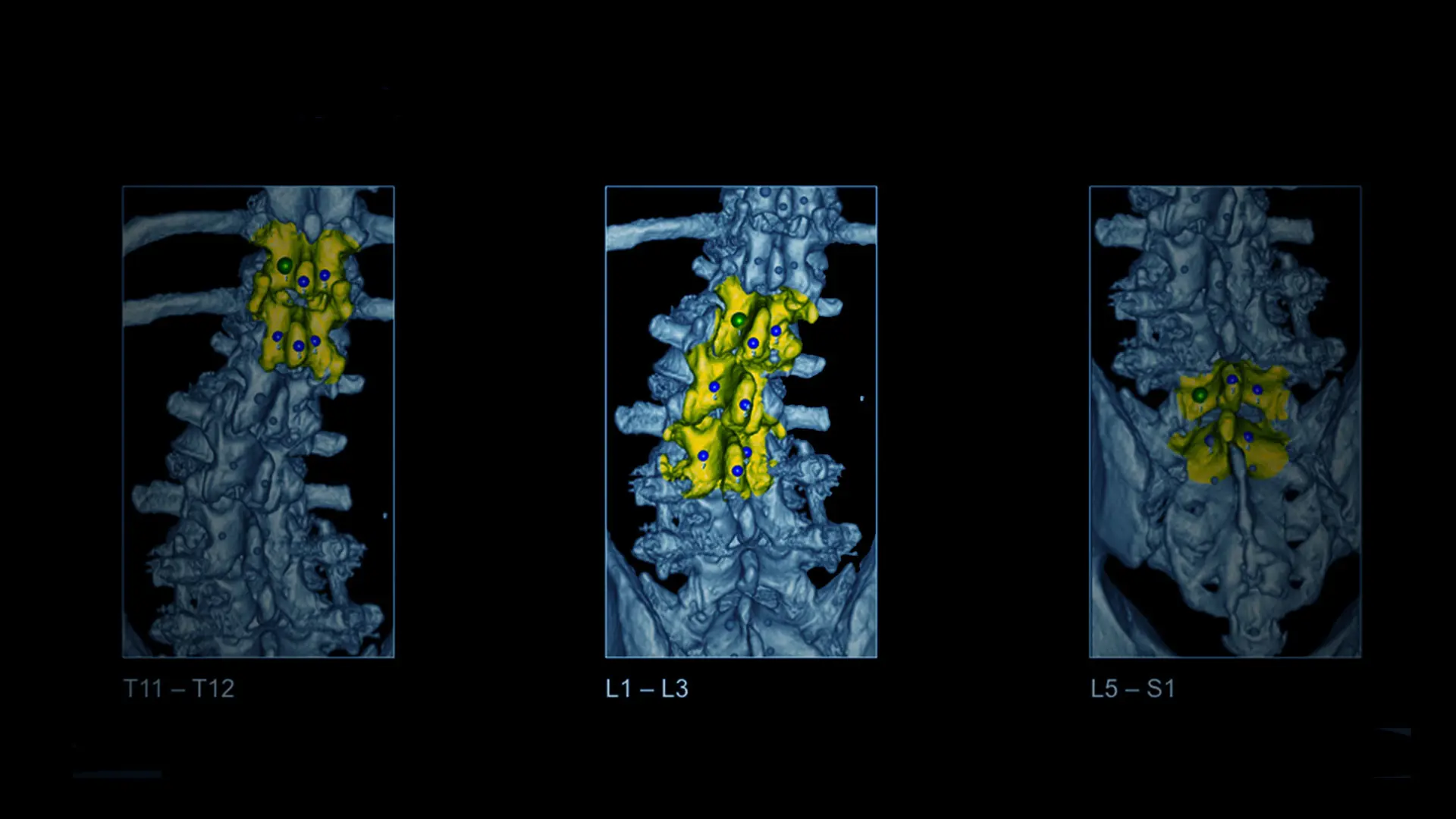To date, 19 neurosurgeons and other surgeons have implemented the technology, known as 7D navigation, making the Mount Sinai Health System the first in the nation to use several “machine vision” systems and deploy them across multiple hospitals.
Jeremy M. Steinberger, MD, Director of Minimally Invasive Spine Surgery for the Department of Neurosurgery, and Assistant Professor of Neurosurgery, Orthopedics, and Rehabilitation Medicine, narrates a video on how he used the technology for challenging spine deformity cases of myelopathy and spondylolisthesis in three patients, leading to successful outcomes.
Explains Dr. Steinberger in the video: “We use a camera—which, with one flash of light in 2.4 seconds, takes tens of thousands of fiducial points in space, and that links the patient’s preoperative imaging to the intraoperative patient positioning on the table. The navigation really helps us to know that we are in the right place, with minimal stress, minimal disruption, minimal slowdown in the operating room. It has revolutionized how we do spine surgery.”
Watch the video.
Efficient, Radiation-Free Navigation: Ushering in a New Era of Spine Surgery
